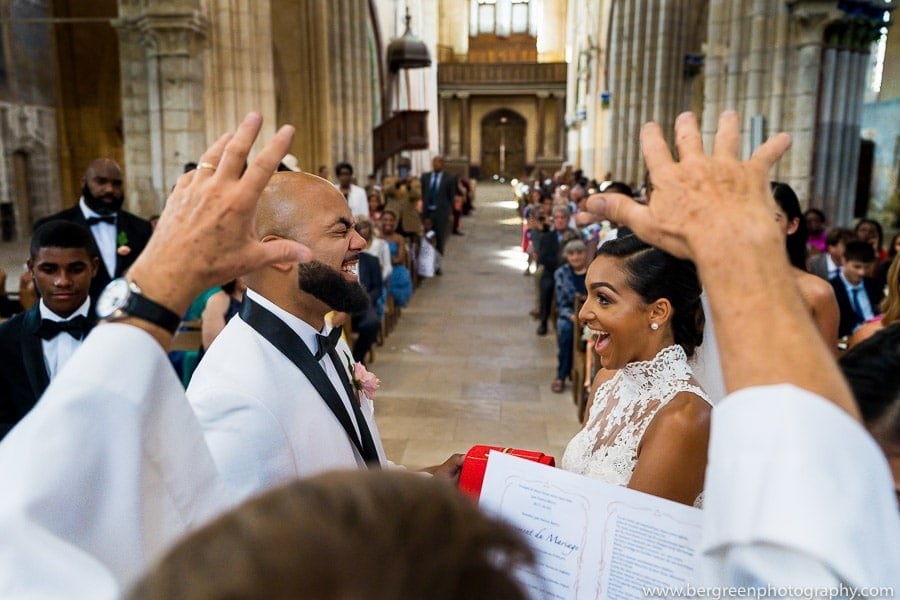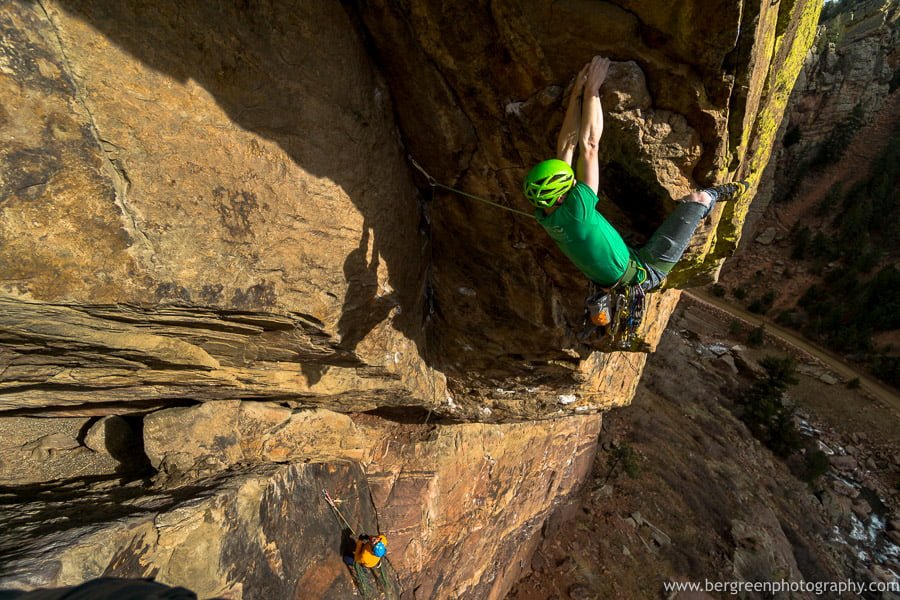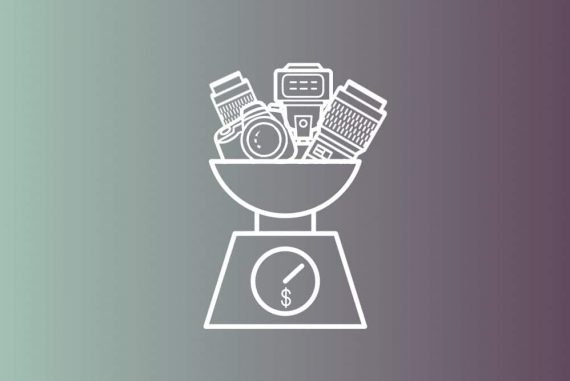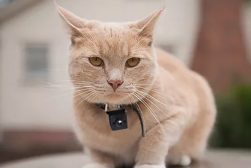
Switching Camera Systems
One wedding photographer's experience switching camera systems from Canon to Sony. What lenses, flashes and other accessories to choose?
This is a guest post on how Marc & Brenda from Bergreen Photography switched camera systems from Canon to Sony.
So you decided to jump on the mirrorless craze? Or maybe you’re just getting started and trying to decide which camera system to go with.
Either way, this will be a review of the process of selecting lenses and accessories for switching to the Sony mirrorless system from the point of view of a mountain and destination wedding photographer.
It might help you understand where I’m coming from to know that my top gear priorities are as follows:
- I want high quality and reliable gear that doesn’t slow me down.
- This includes a lightweight system for when I’m getting on a plane or hiking on a mountain.
- Simple is best, therefore technology should help keep things simple and make our vision possible.
To give a little background, I have been a dedicated Canon user professionally shooting weddings for the past 7 years. Canon cameras produce great images, their wireless flash system was innovative, and their lens lineup was seemingly endless.
I wasn’t really tempted by Sony until the a7II / a7RII series came out. I quickly bought one, but after trying it for a while on personal work, I decided I wasn’t quite ready to switch. The main issues at that time were the lack of easy wireless flash system and the short list of lens options.
Enter the Sony a7III / Sony a7RIII. Now it is hard to deny the benefits and the main two complaints I had previously have been solved! What’s not to like?
[Related: Sony a7II review | Sony a7III review | Sony a7RIII review]
Motivation for Change

Sony a7 III + Sony 16-35mm f/2.8 | 1/400 at f/2.8, ISO 3200
All my best decisions have been made with a good pros and cons list or a detailed spreadsheet so let’s start there!
A good pros and cons list will help you convince yourself, your wife, or your wallet that it’s time for some new gear.
Pros: (features that motivated my switch)
- EVF – time to see your results before you take the pic, less chimping
- Smaller/lighter – body is substantially smaller/lighter, lenses vary in comparable weight
- Better image quality – high ISO & dynamic range: almost 15 stops!
- Tilting back screen – for when you’re laying down on the job
- Silent shooting – most of the time, watch out for artificial light banding issues
- Buffer – shoot all the images you want without slowing down
- Eye AF & faster AF in general
- APS-C crop button
- Dual card slots – instant backup!
- Wifi transfer – get pro images on social immediately
- Higher frame rate
- USB charging – great for traveling
- Bigger battery – much better than previous Sony Alpha cameras
- Price
Cons: (because there must be drawbacks right?)
- Learning curve – don’t underestimate the time it takes to learn a new system
- Color – everyone talks about Canon’s skin tones, everything looked a little green with the Sony a7II, the Sony a7 III is better but not quite up to Canon quality straight out of camera
- Hot shoe connectivity issues – more on this in the flash system section
- Expensive lenses – more on this below
- Not quite as durable and bullet proof as Canon – dropping the Sony 16-35mm f/2.8 cost $500 to repair
So you’ve decided to switch, now where do you start? It’s time to make a spreadsheet!
There are so many small decisions to make, I advise you to make a list of your current gear and what you intend to replace it with. That will help with the transition as well as the learning curve. Here’s mine.
Selecting Lenses

Our choice of Sony lenses
One of the challenges with switching camera systems in selecting lenses. It’s important to define what your goals are and the style you like to shoot when making these choices.
We tend to travel a lot and I like to shoot in a documentary style while also capturing the place. Therefore, I like to travel light and fast without be weighed down by excessive gear but I also need to have the tools to handle all types of situations.
Traveling light allows you to put your composition first and not be weighed down by so much gear that you can’t get into the right position.
Because my wife and I shoot together, we essentially wanted two kits without doubling up on lenses. We need to be able to work independently and yet we want to minimize how many lenses we’re each carrying in our bag.
As I mentioned before, one of the benefits of switching to Sony was having a lightweight system that’s easy to travel with. We can always pass a lens back and forth if we need more variety.
Primary Lenses (Sony FE mount)
- Sony 16-35mm f/2.8 – one of my favorite lenses for shooting wide angle but also works as a nice 35mm documentary lens
- Sony 35mm f/2.8 – classic documentary lens that is incredibly small/light yet good quality. It pairs really well with the light a7 series bodies in terms of balance and packability
- Sony 55mm f/1.8 – very sharp and also small/light (sometimes has weird flare shooting into the sun)
- Sony 85mm f/1.8 – classic wedding/portrait lens that has a good balance of quality & value
- Sony 70-200mm f/4 – classic wedding ceremony lens but I opted for the smaller f/4 version since I typically don’t shoot it after dark.
[Related: best Sony FE mount lenses]
Back-up Lenses (Sony E mount)
- Sony 35mm f/1.8 (APS-C lens: 50mm equivalent) – Very compact and inexpensive yet good quality 50mm equivalent. Works well on Sony a7RIII (18 megapixels in crop mode) & Sony a6000
- Sony 10-18mm f/4 – (APS-C lens: 15-27mm equivalent) I opted for this lens because occasionally my wife and I both want a wide lens in our bag when we separate. (We never both shoot wide at the same time when we are together). This small lightweight yet sharp lens can also be used on a full frame camera approx from ~12-16mm without vignetting and can offer a super wide perspective. Also great to use/carry when weight is a factor.
[Related: best lenses for Sony a6000 | Sony a6000 review]

Sony a6000 + Sony 10-18mm f/4 | 1/1000 at f/4, ISO 200
Lens Utilization
When we’re shooting separately such as at a wedding, we split these lenses up as follows with the main focal lengths we want being 16, 35, 50, and 85.
Marc:
- Sony 35mm f/2.8
- Sony 35mm f/1.8 (50mm equivalent)
- Sony 85mm f/1.8
- Sony 10-18mm f/4 (15-27mm equivalent)
Brenda:
- Sony 16-35mm f/2.8
- Sony 55mm f/1.8
- Sony 70-200mm f/4
In Case Your Camera Falls Off a Cliff…

Sony a7 III + Sony 16-35mm f/2.8 | 1/1000 at f/4, ISO 200
For backup equipment I opted to go with a Sony a7II and a Sony a6000. They are both very capable cameras that work with our flash system and would get us through a wedding if needed.
Having the Sony a6000 is incredibly small and light for its feature set (review here) and offers the option to shoot 24mp images with an APS-C sensor allowing the 70-200mm lens to extend out to a 300mm equivalent.
In 7 years of shooting weddings, I have only used my backup camera once as a primary camera so I don’t think it is important to have a lot of money invested in something that will rarely get used (especially when there are two of us).
It is just important to have the peace of mind that you are covered.
Flash System

Godox AD200 and Godox Xpro-S trigger / Godox V860II-S for Sony
With our Canon flashes, we really liked the wireless system. When Godox came out with a Sony compatible system, it was a game changer: an affordable seamless system.
Then the Godox AD200 came out: a hybrid between a studio light and a speedlite.
Check out my friend Jesse La Plante’s review of the Godox AD200. With this new system, we could have everything we wanted and more!
The flash system has been where the biggest learning curve has come as well as where we’ve had the most technical difficulties. More on that in a minute.
Here is what we purchased:
- Godox Xpro-S – Triggers the V860II-S and the AD200 wirelessly and feels great on the a7 series bodies since it is so light/small.
- Godox V860II-S – Most wedding photographers use bounce flash at some point so having a good on camera flash is nice.
- Godox AD200 – Only slightly larger than a speedlite but way more powerful! Equivalent power to ~3 speedlites for situations when you need to overpower the sun or have super quick recycle times at lower power levels.
With the Godox system, we feel prepared to tackle even more lighting scenarios than with our Canon system.
Paired with the Godox system we use the MagMod adaptors (mainly the grid) to shape our light.

Sony a7rIII + Sony 16-35mm f/2.8 + Godox AD200 | 1/250 at f/4, ISO 320
My only complaint about Sony in this regard is the connectivity of the flash hot shoe. The connectors seem a bit more fussy and delicate and we have had some issues with connectivity when shooting in the rain.
We’ve also had some small plastic tabs on the hot shoe mount break off – Godox has sent replacements at no charge but it seems like it would be better if there was a metal mount.
We will see how things go as we put this system through more rigorous testing.
Simple is Best Especially with Budgeting

Sony a7 III + Sony 70-200mm f/4 | 1/320 at f/4, ISO 64
Even though I love gear of all kinds and could spend hours in a camera or mountain shop, our mantra of “simple is best” has to apply to everything or nothing at all.
In the words of my wife, “simple sometimes means low overhead.” Buying used gear when possible allows me to stretch my gear budget further than impulsively grasping for the latest and greatest.
Because we were switching systems during a slow season, I decided to take my time and search out used lenses in good condition. I have found that buying used lenses can save a good amount of money and I thought that if I decided to switch back, there would be minimal depreciation on the equipment.
I found all our lenses except one used on Amazon and eBay. Because the camera bodies and flash system are relatively new, I bought these at retail price.
Filters and Other Accessories

Sony a7rIII + Sony 16-35mm f/2.8 | 1/640 at f/8, ISO 200
An often overlooked step in switching systems is all the little accessories and add-ons. Here is a list of things I think are important:
- Sony Z batteries (recommend 3 per camera, we use ~2 each on a typical wedding day)
- Battery Charger
- Goal Zero Battery Pack (usb charging on the go)
- SD cards – Sandisk Extreme Pro (recommend 2 x 256gb for a7RIII, 2 x 128gb for a7III)
- Peak Design Slide Lite Strap
- Peak Design Field Pouch
- Spiderlight holster – the Spider holster we had for our Canon system is much too big for the Sony
- Polarizing filters – Hoya HD3 filters for each lens
- UV filter for Sony 16-35 – I rarely use a lens hood and tend to use this lens a lot for adventures
*Graduated ND filter – Singh Ray 100x150mm 3 Stop Grad ND filter with 82mm Lee filter holder kit
*Because the dynamic range of the Sony is so awesome, the GND filter which we used to rely on a lot rarely gets used.
Final Thoughts

Sony a7rIII + Sony 16-35mm f/2.8 | 1/320 at f/8, ISO 250
Switching camera systems is scary, not only the learning curve but the mob mentality that makes you think you’re going to be punished for disloyalty.
For a long time everyone we knew fell into two camps, Canon or Nikon. These weren’t flexible tent camps ready to adapt as the seasons change, these were permanent camps where we poured concrete and staked our claim.
However, as a gear lover it’s hard not to keep on part of my mind open to learning about what’s out there. Since switching, some of the main differences we’ve noticed are as follows.
- My wrist is never sore even after shooting with the Sony 70-200mm f/4 – people seem to worry that it’s not as ergonomic but maybe it doesn’t need to be if its lighter!
- We have to clean our sensor more and be more careful when switching lenses.
- The Sony a7rIII produces files that are quite large which has forced us to go through hard drives faster, the files can easily reach 50 MB each. We’re considering to switching to use only the Sony a7III’s for this reason.
- I was initially concerned about focusing in low light, but it seems to do well even without an AF assist beam.
- Having the silent shutter is really nice for intimate situations. However, some of these intimate situations occur in low light so beware of any past reliance on hearing a slow shutter to alert you of potential motion blur.
- Lastly, the flash system isn’t as seamless as Canon and hopefully will be improved with new generations.
Impressing me took a lot, but Sony was able to do that with continuously releasing innovative features.
The process of switching involved fun research, lists, and spreadsheets. Not to mention trips to gear shops!
Going through the process of switching to Sony meant getting to play with new gear and new features. It’s exciting when a company inspires you to go shopping!














